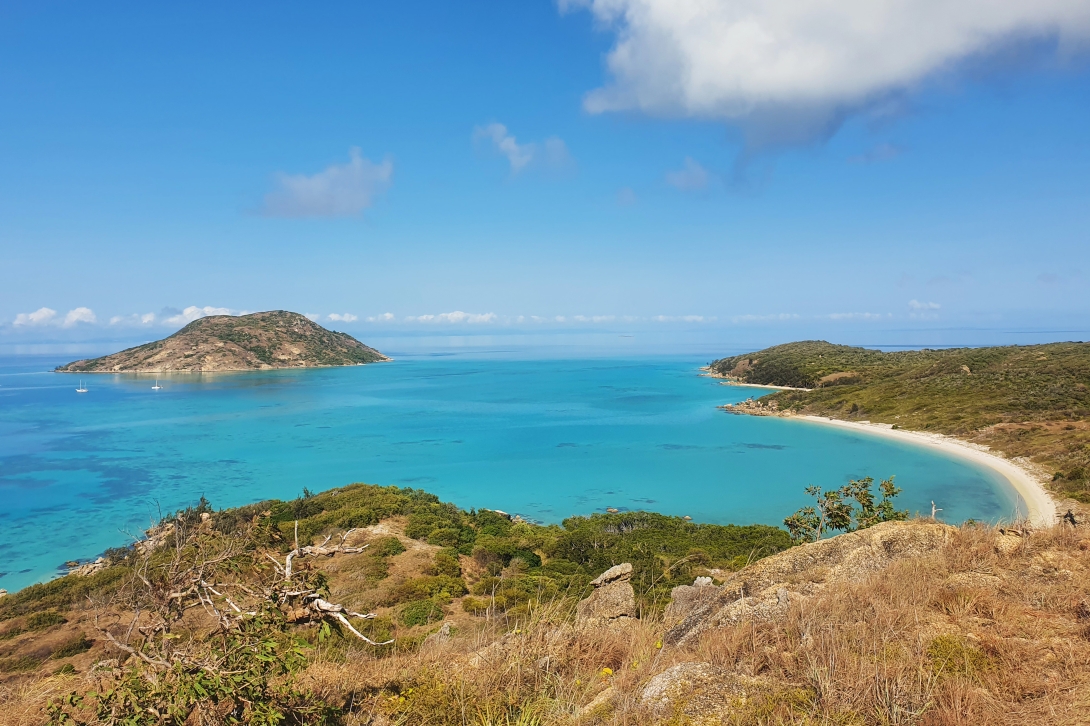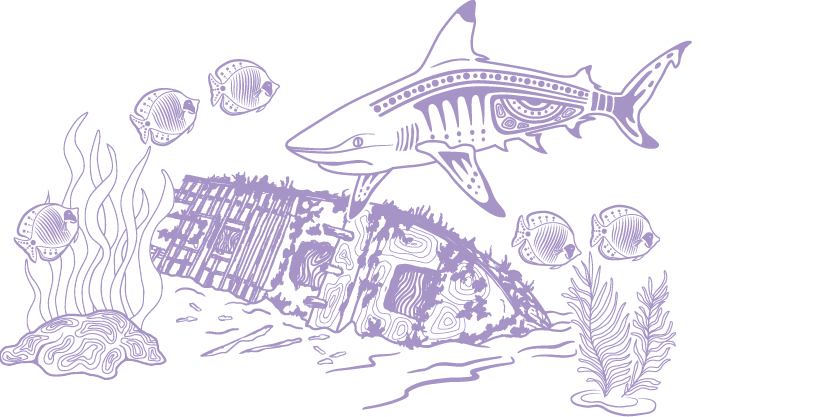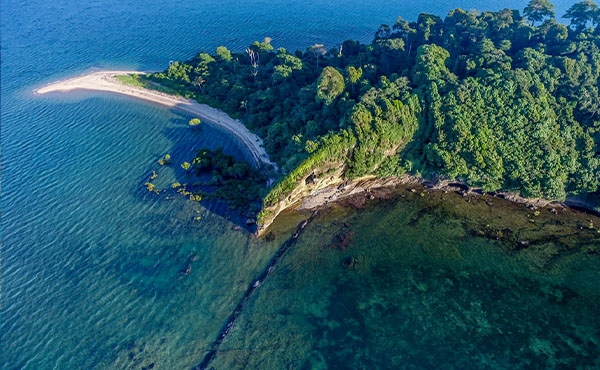‘an assessment of the current heritage values…’ of the Great Barrier Reef Region, Section 176(3)(a) of the Great Barrier Reef Marine Park Regulations 2019 (Cth)
“The island of Jiigurru (Lizard Island) is sacred to the Dingaal Aboriginal people. It is their Country and Sea Country, lying 240 kilometres north of Cairns and 30 kilometres offshore on the northern end of the Great Barrier Reef. Traditional Owners, such as Kenneth McClean and Gareth Deeral, work side by side with western researchers on archaeological areas on the island (Box 4.1).
The Dingaal Aboriginal people have lived in the area for tens of thousands of years, including during times of lower sea levels, when the island may have been part of mainland Australia. How it was formed and its place in songlines and stories, in the furthest regions of the Great Barrier Reef, is being revived and recaptured by Jiigurru Traditional Owner, Gareth Deeral.
“Within my family, I am teaching them about dance, about songlines, about stories — about how Jiigurru was formed, about thunderstorm and why we can still see clouds hovering over Jiigurru when we look out from the mainland.”
“Jiigurru is a sacred place where men’s business took place. There are sacred sites everywhere there.”
— Gareth Deeral, Jiigurru Traditional Owner
It was here that young boys were brought for initiation and other men’s business, and important meetings between Elders of neighbouring clans were held. These islands also provided a base for collecting shellfish, fish, turtles and dugongs. Gareth is ensuring his family’s songlines and dance are being celebrated, revived and are a part of healing and knowledge sharing.
“We didn’t have access over there for a very long time. There are some rock formations that we found when we were out walking on the island, sharks, whales, crocodile formations that you can see so clearly. Visitors don’t realise they are sacred sites and move the rocks around,” making it important to set up more infrastructure “so that we can care for Country and care for those sites and educate people about their significance.”
— Gareth Deeral
Source: Caring for Sea Country — Traditional Owner Stories from the Great Barrier Reef 1



